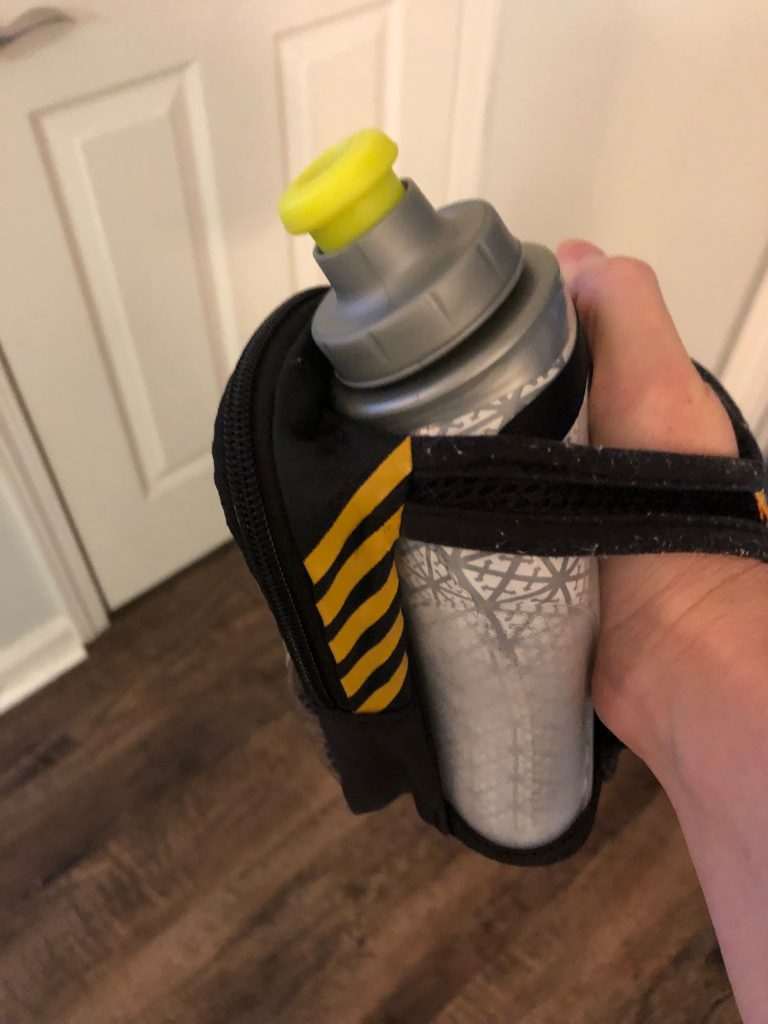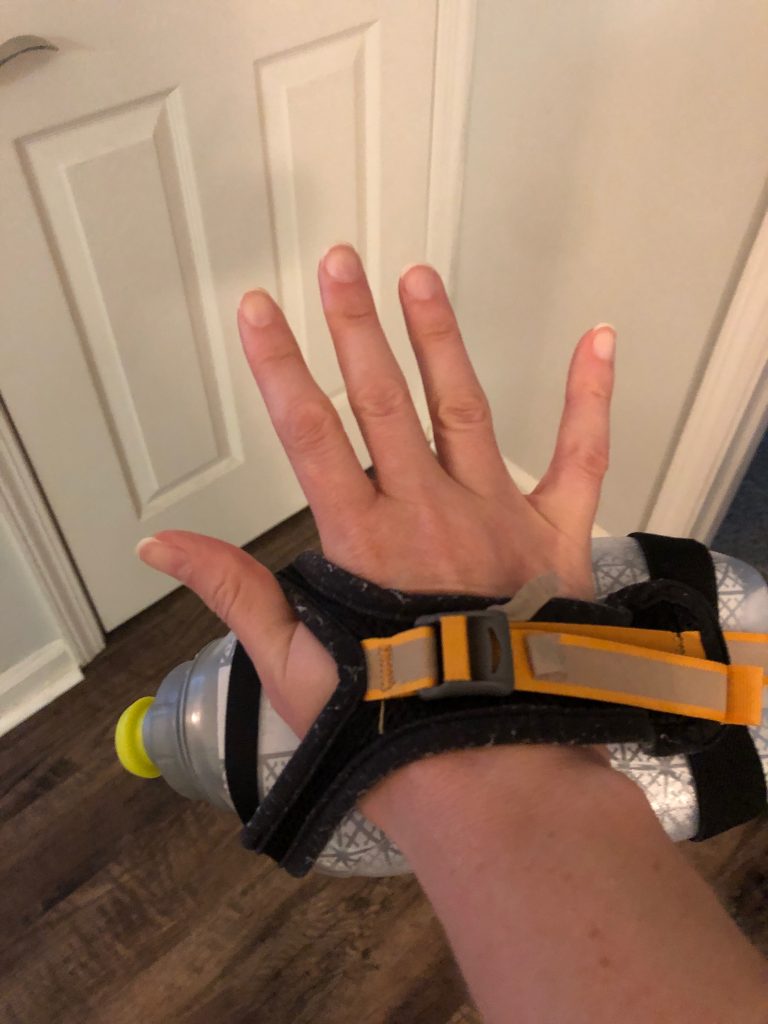It’s summer and that means SWEAT! Which means you really have to stay hydrated y’all. There’s a lot of advice out there and it can be hard to know how much and when to drink, especially if you’re new to running or running longer distances. The important thing is to know everyone is different. So here’s my best effort at running hydration explained simply.
Hydrating BEFORE a run
Pre-gaming is an important component of running hydration. If you’ve completely dehydrated yourself in the days leading up to a run then drinking right before you head out may not cut it. It’s important to make sure you drink enough water every day (ok mom).
I recently posted about ways to survive summer running, and talked some about hydration, making sure your pee is the right color. In summary, this is one thing you don’t want golden. I typically drink 12-14 oz of water before I head out on a run, at least 30 minutes prior. Yes, that means if you run in the morning, you need to be awake 30 minutes before you run so you have time for one last potty trip before you go.
Hydrating DURING a run
Here’s where things get a little confusing and you’ll need to do some experimenting to figure out your perfect formula. Drinking too little can leave you dehydrated, while drinking too much can lead to a sloshing belly and in rare cases hyponatremia. My suggestions are guidelines based on what I know works for me, but everyone is different.
Runs up to an hour
I know many who will forego water altogether for this distance. It’s really personal preference here and all about how your body performs. Up to about 30 minutes, in perfectly cool weather I may not bring water, but generally I prefer it, especially during the summer months. I don’t add electrolytes here, just good old fashioned H2O.
I’ll typically bring 12-16 oz along in my handheld bottle. You could use a hydration belt, vest, totally up to you. If you want water but can’t stand the carry? Maybe run a route where you can place water nearby or where there are fountains.
Long Runs an hour or more
Some of you might consider running for an hour to be a long run. Some of you might say nah, 1.5 or 2 hours is more of a long run for me. Regardless, after about an hour of activity you should probably be drinking something and replacing electrolytes.
I like Tailwind because it has the added benefit of keeping me fueled as well as hydrated, but there many different options out there for replacing electrolytes. Unfortunately, there is no magic potion, and you’ll just need to play around with different options to see what you like and doesn’t upset your stomach. Most races offer something like Gatorade, so a lot of people train that way. I don’t like Gatorade, so I train with and bring my own whenever possible.
On long runs, I opt for a hydration pack. Camelbak and Nathan both make good options, as do many others I’m sure. Hydration vests that hold bottles are also a good option. Basically, long distances require more water than you probably want to carry in your hands or around your waist. If you’re like me, I can’t stand anything around my waist while running. Gives me the heebie jeebies.
My hydration pack holds up to 2.5 Liters, but you can get smaller ones as well. I’ve only ever drank drunk consumed the entire 2.5 L a couple of times and both were marathons. Typically I fill around 32 oz for my mid to long runs and consume whatever my body wants. No harm in needing less than you planned, but not having it when you need it suuuuucks.
Really long and intense runs
Again, this will be different for everyone but lets just call this marathon training, or intense race training for the sake of this explanation. I prepare for these the same as the long run explanation above, with a few additions.
Especially when it’s hot I’ll often plan my route around a gas station or somewhere I can toss some ice in my pack or refill with cold water. Ooooh so refreshing. (Note: I haven’t done this in the era of COVID, so just be smart and stay safe. Get yourself some sanitizer.)
When it’s really, uncomfortably, miserably hot…well I try not to run at all I guess but sometimes Mother Nature has other ideas for us on race day. Looking back at the Disney Marathon, January 2020, it was 85 degrees. Uh huh. Brutal. I brought some salt tablets along just in case I felt wonky. What does wonky feel like? Thankfully I don’t actually know but look up the signs of heatstroke and you’ll get an idea. Nobody wants that.
Hydrating AFTER a run
Have you ever experienced the “run flu”? You feel tired and gross the rest of the day following a run, and the next day you wake up with the feeling of a hangover even though you went to bed at 8pm, because of course you did. It happens to me once in awhile after a long or hard run. At first I just thought, well that’s just what happens when you are a distance runner. Now I know, it’s because I was dehydrated. Even though I drank a lot of water throughout the day I wasn’t considering replacing the sodium, potassium, etc that I had lost.
The need to hydrate doesn’t stop once you stop running. After my runs I like to drink about 16 oz of a recovery drink. Again, I like Tailwind, but there are tons of good ones out there that replace everything lost during the run. Depending on the length and intensity of the run, and the temperature I sometimes also add another recovery drink about an hour later.
The rest of the day I continue to drink water regularly and gauge how I’m feeling. Some days you’ll need more water than others.
Just remember, following these running hydration guidelines is a good start, but you’re the only one who knows when you feel good and when you don’t. Listen to your body and adjust your routine until you get where you need to be.


[…] wait until you’re parched, drink early and drink small sips often. I’ve written the Ultimate Hydration Guide already so go check that […]